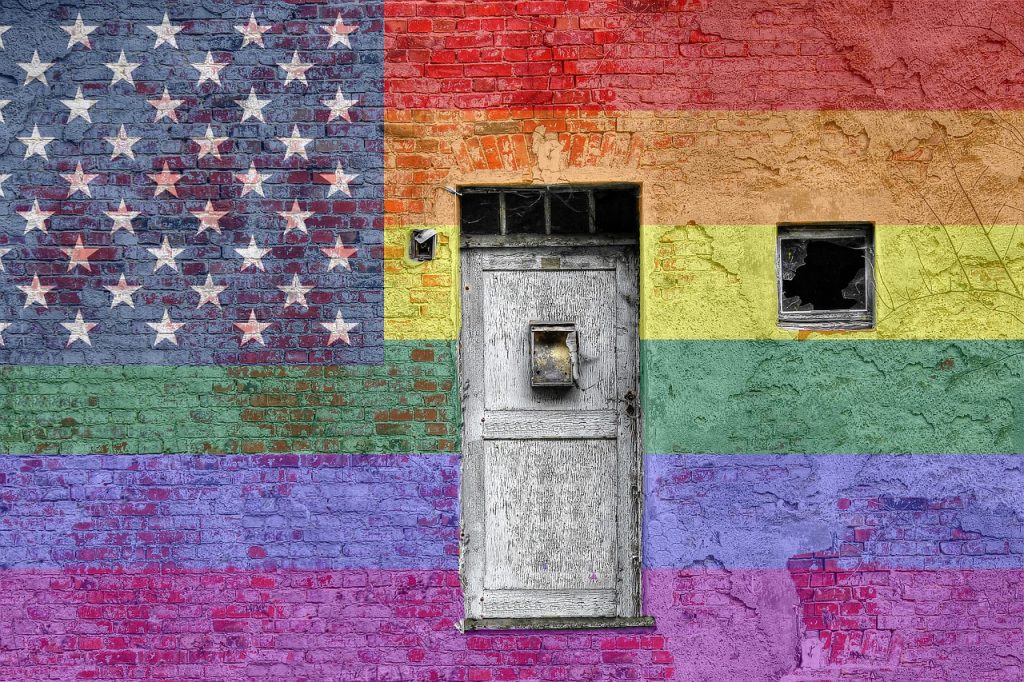
Martin (aka Donny the Punk) and gay activist L. Craig Schoonmaker are credited with popularizing the word “Pride” to describe these festivities. Bisexual activist Tom Limoncelli later on mentioned, “The next time someone asks you why LGBT Pride marches exist or why [LGBT] Pride Month is June inform them ‘A bisexual female called Brenda Howard thought it needs to be.'” There was bit open bitterness, and some onlookers praised when a tall, pretty girl bring an indication “I am a Lesbian” walked by.1
The march took less than half the scheduled time due to excitement, however likewise due to wariness about strolling through the city with gay banners and indications. Although the parade authorization was delivered only two hours prior to the start of the march, the marchers experienced little resistance from observers. The New york city Times reported (on the front page) that the marchers used up the entire street for about 15 city blocks.2
There was likewise an assembly on Christopher Street. The Visby authorities house displaying the LGBT pride flag throughout the Stockholm pride week, 2014. On Saturday, June 27, 1970, Chicago Gay Liberation organized a march [] from Washington Square Park (” Bughouse Square”) to the Water Tower at the intersection of Michigan and Chicago avenues, which was the path initially planned, and then many of the participants extemporaneously progressed to the Civic Center (now Richard J.3
The date was picked because the Stonewall events started on the last Saturday of June and since organizers wished to reach the maximum variety of Michigan Opportunity buyers. Subsequent Chicago parades have been held on the last Sunday of June, coinciding with the date of many comparable parades somewhere else. Consequently, during the same weekend, gay activist groups on the West Coast of the United States held a march in Los Angeles and a march and “Gay-in” in San Francisco.4
By 1972 the getting involved cities consisted of Atlanta, Brighton, Buffalo, Detroit, Washington D.C., Miami, and Philadelphia, as well as San Francisco. Frank Kameny quickly recognized the critical change brought by the Stonewall riots. An organizer of gay advocacy in the 1950s, he was used to persuasion, attempting to persuade heterosexuals that gay people were no various than they were.5
